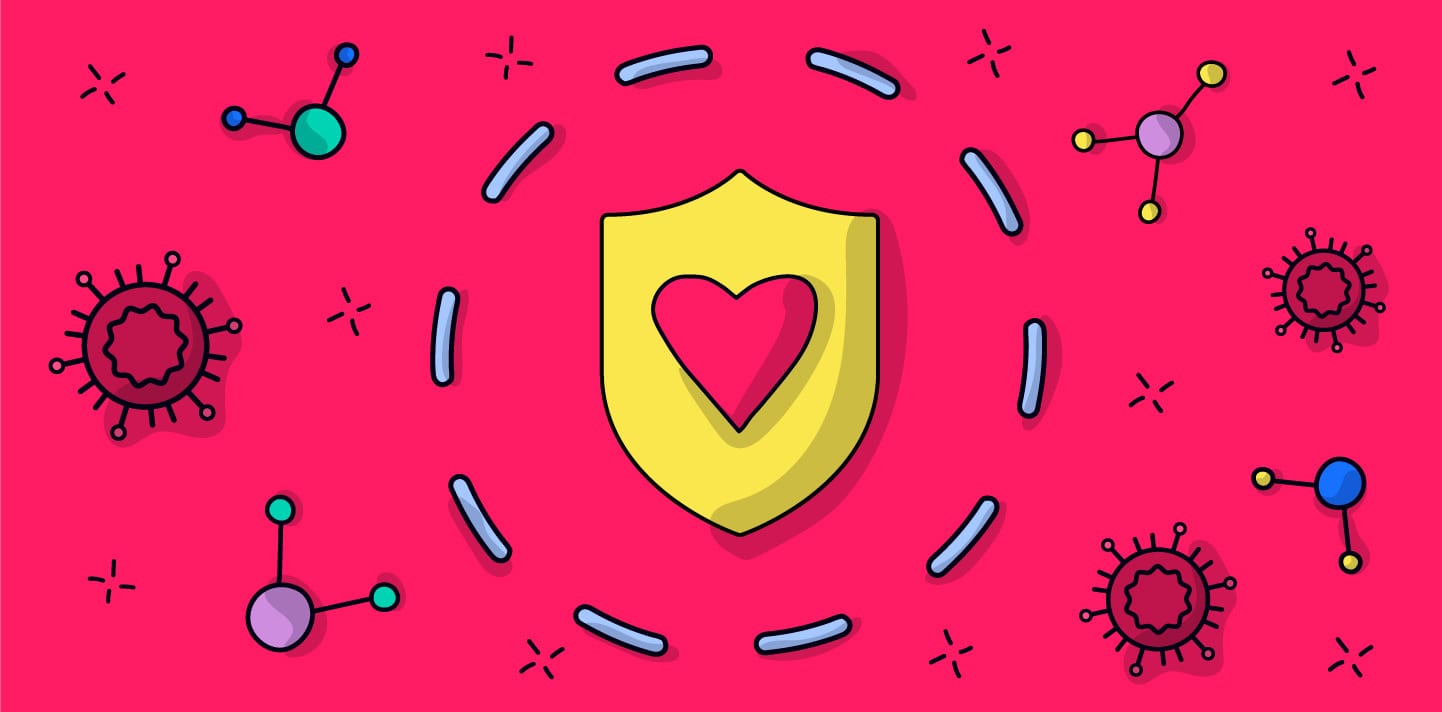Amid the pandemic and a fast approaching fall flu season, public health officials fear that we may face a “twindemic” as we work to prevent COVID-19 while also facing a more severe seasonal flu. According to the New York Times, officials are worried that large numbers of people could forgo flu shots, increasing the risk of yet another widespread virus in our communities.
Vaccinations have become a hot button issue. Pro flu-shot campaigns are on the rise across the globe to get in front of possible opposition to flu vaccines.
Over the course of DH’s 20+ years, we’ve led dozens of immunization education campaigns, helping unpack misconceptions about vaccines. From TDAP/DTAP awareness for pregnant women to HPV awareness for preteens and their parents, we know that immunization campaigns save lives.
Over the years, we have seen many of the same challenges emerge:
- Combatting polarizing attitudes about the benefit/risk of immunizations.
- Addressing disparities with access to vaccinations.
- A need to connect with very specific audience groups.
We have also learned important lessons along the way. There are a few key strategies we have found to help drive acceptance of your messages and prompt people to get a shot.
Get under barriers and motivations.
Access to immunizations and misconceptions about effectiveness can be a major driver in influencing people to get vaccinated or not. Assessing what barriers your audience may be facing and using a strategic communications plan to remove those barriers can help you tap into your audience’s motivations. Leveraging a combination of awareness tactics as well as connecting individuals to easy ways to get a vaccine can help audiences do the extra work to help overcome those misconceptions and barriers.
Connect with special populations in context.
Accessibility of your messages is also key to acceptance and behavior change. Make sure your communications materials are available in different languages and have a culturally appropriate outreach plan to ensure they are seen and understood among your audiences. Keep in mind that many communities that speak a language other than English may be receiving less health care information across the board, and often of lesser quality. Partnering with trusted message carriers like migrant health care clinics, LGBTQ community programs or local faith-based organizations can also reinforce your messages and connect individuals to culturally competent health services.
Make benefits meaningful.
If you want to see health, you need to show health. One of the most powerful ways to drive behavior change is through positive norming. Showing how immunization is easy, common and can improve people’s wellbeing help make the new behavior seem more accessible. Highlight how can make a difference in not just someone’s overall life expectancy, but their daily lives. Is there something people are doing today that they won’t have to worry about after a vaccine? Is there a short term benefit they will see? Maybe a feeling of relief, or the bliss of a flu season with 0 sick kids in their house? Painting a picture that matters to your audience is a powerful motivator, much more so than threats.
Lay the groundwork for COVID-19 immunization.
When the inevitable vaccine for COVID-19 does arrive, public health officials must be ready to mobilize a similarly robust push for vaccination to a public that is widely uncertain about the safety and effectiveness of a vaccine. Be ready to transition your COVID-19 public health campaign into a vaccination message, meeting audiences’ apprehensions with accessible messaging that demystifies vaccines and positions them as a social norm that saves lives. Part of your strategy can include morphing your existing COVID-19 safety campaigns with vaccination messaging — don’t reinvent the wheel if you have a campaign already developed! Use trusted campaign messaging from public health, business and community leaders to create reliable and harmonized messaging for vaccinations.
As we get closer to the upcoming cold and flu season, we encourage you to use these communications strategies to tackle your audience’s misconceptions about immunizations. If you have questions or need help gearing up for this year’s cold and flu season, we’re here to help.

